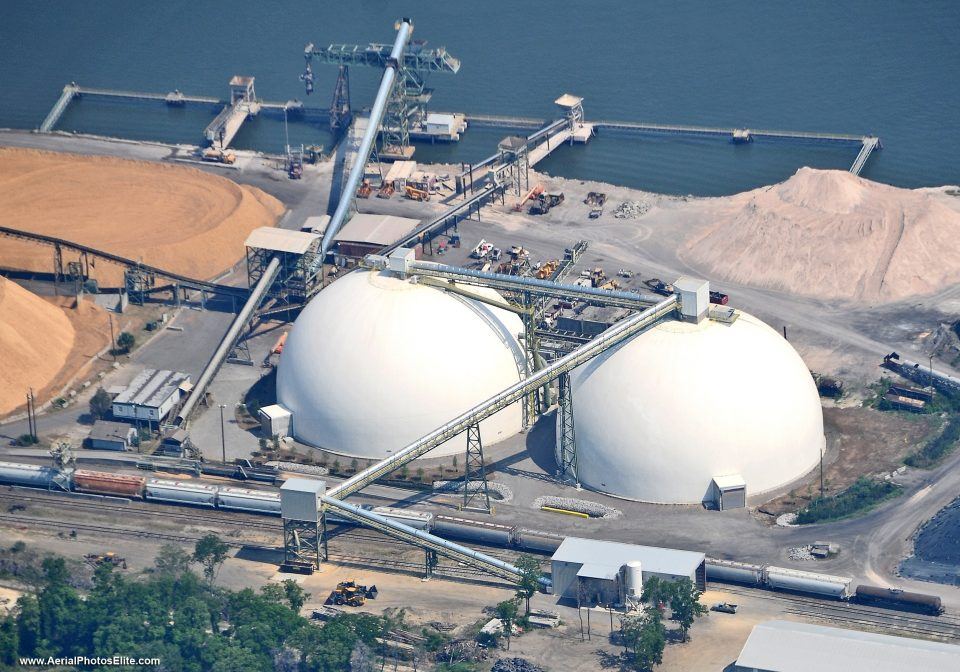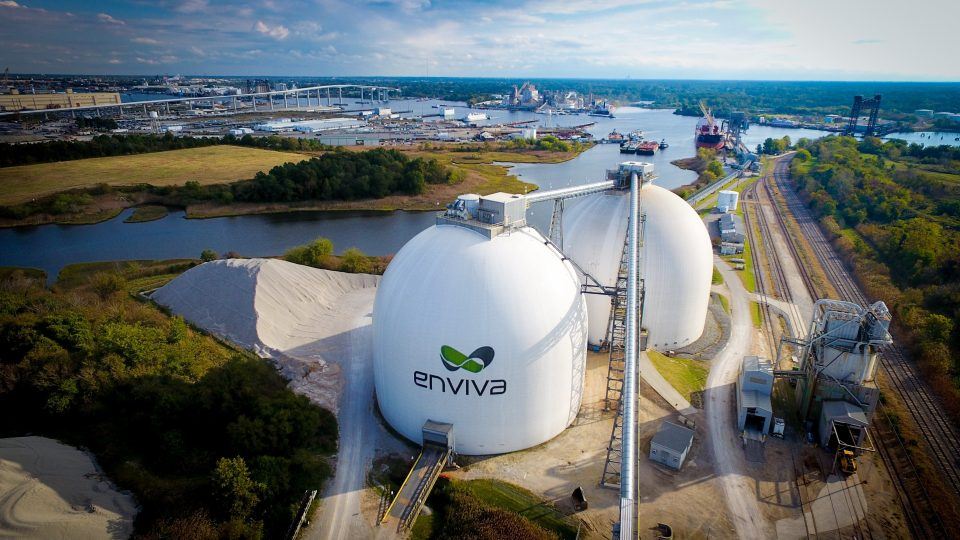As a leader in bulk and container stevedoring and terminal operations, Peeples Industries in Savannah, Georgia, knows what it takes to plan a successful port project. Here, project manager Brad Orwig shares his insights:

1. Be mindful of others.
One of the biggest hurdles when building on a port is doing so while others continue operations, whether within your own facility or at nearby locations on the water.
At a facility where multiple companies are processing different materials, “the operating team will not be happy if your project is causing downtime for them,” Orwig said, adding that being a good multi-use tenant, neighbor and team member is a must.
One way to achieve this is to have a strong and specific milestone plan at the front end, and instead of using a construction schedule as a guideline, use it for hard-and-fast deadlines. For instance, if the project is scheduled for completion in a week but will likely require two weeks of time, work around the clock to double your progress.
2. Identify your logistical supply chain.
Research available options for getting product to the facility rather than assuming the desired type of transportation will be accessible. A project can hit a standstill, for instance, if the plan includes rail transport only to discover the railway doesn’t service the location. To begin strategic preplanning, first set upon transportation via water, then set upon inland transportation, considering site and facility location.

3. Be willing to invest the necessary capital into environmental stewardship.
Code enforcement will be diligent, and being proactive is always best. Each project ought to address water containment and include a storm-water plan, and since material-handling facilities will have hydraulic-oil waste, oil-containment features are necessary. Though expensive, Orwig said these systems are “something that costs a lot upfront but saves headache later.”